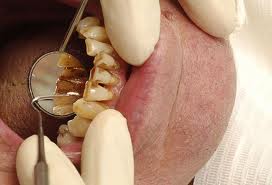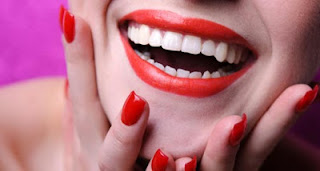This article explains what gum disease is, what the symptoms of this condition are and how it can be dealt with.
Do you have gum disease?
This question may sound outrageous and one can be sure that the majority of you reading this are shaking your head vehemently in response. Well, consider this: according to the Center for Disease Control and Prevention, approximately 80% of the American population presents with some form or stage of gum disease. In other words, if you were standing in an elevator with nine other totally random people, only two people in that crowded space would be in good oral health. The rest would be suffering from an oral bacterial infection of some degree.
Makes you want to hold your breath until you get out the elevator, doesn’t it?

According to dentists in Silver Spring MD and to national healthcare organizations, tooth loss, dental decay and gum disease are pervasive problems in our modern society. This is in spite of all our advanced medical technology and preventative measures and our greater appreciation for good oral hygiene. The bottom line is that people just don’t spend the time and money necessary to keep their teeth and gums in excellent condition.
So, the questions are: DO you have gum disease? What can you do about it?
The Signs and Symptoms of Gum Disease

It’s hard to believe that you could have something as serious as gum disease and not even know it. Most people deny that they have any oral problems whatsoever, but this is in most cases ignorance. Oral bacterial infections do not typically cause any pain, which makes the other initial symptoms of gum inflammation and swelling quite easy to ignore.
Chronic bad breath is another symptom of oral infection, but let’s face it: few people enjoy telling a friend or family member that their breath is insufferable. Oral bacterial infections also weaken the gums, causing them to tear easily and bleed when brushing or eating hard crunchy foods. For the record – from the collective wisdom of dentists in Silver Spring MD - bleeding gums are NOT normal. Too many people believe otherwise. It’s not. It could be a sign of gum disease.
So, as you can see, all of these initial symptoms of gingivitis can quite easily be ignored. It’s only when the more severe problems occur - loose teeth, dental discoloration, oral lesions and the visible build-ups of calculus on the teeth - that people are forced to admit they have a serious problem. By then, the treatment required is far more complex and expensive, too.
Treating Oral Infection and Gum Disease

Gum disease is a rather loose definition of an oral bacterial infection. This infection can be localized around a single tooth, or it can affect your entire mouth. There are also varying degrees of gum disease or bacterial infection. In its initial stages, dentists term it “gingivitis” - inflammation of the gums. In its advanced stages, it becomes known as “periodontitis.”
If you suspect that you may have an oral infection or disease, your primary responsibility is to book an appointment with the dentist. Once a diagnosis has been made, a treatment will be prescribed. You will need to take much better care of your teeth moving forward. Regular and thorough brushing and flossing are a must. If you have been diagnosed with gingivitis or periodontitis, it might be a good idea to incorporate an anti-bacterial mouthwash into your hygiene routine. Cut down on acidic, sugar-rich foods and beverages (including alcohol) and give tobacco-use the boot.
A Final Note...
Tooth loss is a very real risk for those who don’t care for their teeth properly. If you don’t fancy a future of denture wearing, it comes recommended by dentists in Silver Spring that you take the necessary measures to get your oral health back on track.





